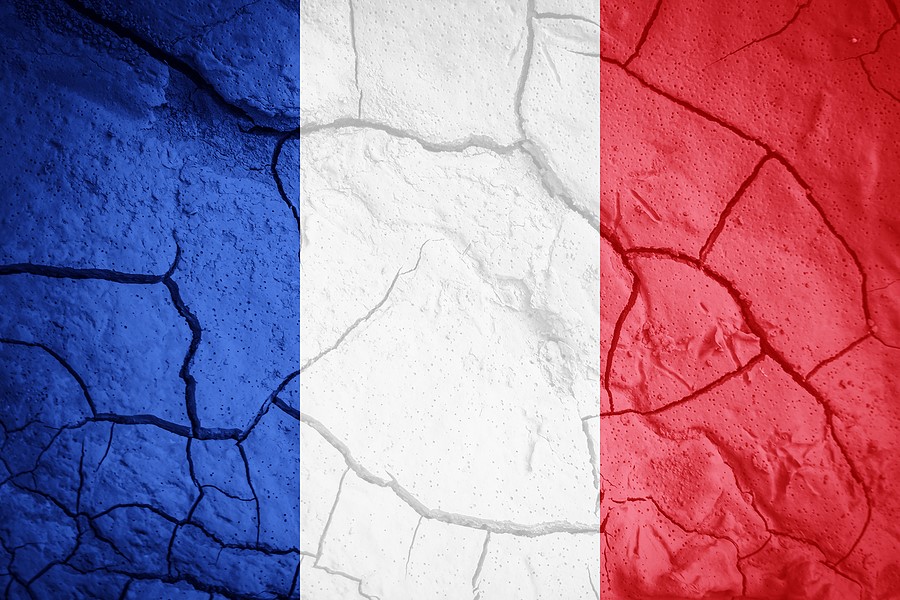News
France Now Bracing Itself For Drought Conditions
A few weeks ago, we blogged about the potential for drought conditions in France to persist this year after much of the country saw serious heatwaves in 2022, with experts warning that it’s highly likely that a similar situation will present itself over the coming months.
And now it seems that France is taking steps to properly prepare for drought, with nine municipalities in the south of the country announcing that new building permits will not be issued for the next four years because of low groundwater levels and persistent drought.
According to 42 Mag (via The Local), the concern is that these particular areas already have high populations, making it more important to prioritise adequate access to water for the current residents. The affected municipalities are Callian, Bagnols-en-Foret, Mons, Fayence, Montauroux, Seillans, Saint-Paul-en-Foret, Tourrettes and Tanneron.
Only those permit applications submitted before February this year will be considered for new development projects, although residents will still be permitted to carry out renovation work and/or extensions.
Back in January, environmental experts issued a warning that France would likely see a “very dry year” this year, following on from the low rainfall and high temperatures experienced in 2022. Thus far, the country has seen 32 days with no significant rainfall, with forecasts now being made that March will be decisive for France in terms of rainfall.
This is the longest winter drought since records began back in 1959, with snow levels in the Pyrenees, French Alps and other mountain ranges in the country now much lower than usual for the time of year, according to EuroNews.
Snowmelt is vital for replenishing rivers and reservoirs, so the situation seems precarious at the moment, with residents around the country now sharing their images of dried-up lakes and riverbeds.
Because the last two summers were also exceptionally dry in France, some farmers in the region are now considering switching to new and different crops.
Agriculture’s main source of water is rain, which means that crops are particularly vulnerable to drought and there’s a greater risk of crop failure because farmers will find it harder to carry out irrigation thanks to the drop in water resources.
Of course, these issues aren’t singular to France and the rest of Europe is also facing a growing water crisis because of winter drought.
According to the Guardian, it is now possible to walk to the small island of San Biagio in northern Italy, which is usually only accessible by boat, with water levels in Lake Garda now 70cm lower than average.
And in Germany, barge traffic is already being disrupted by shallow waters in the Rhine, with boats now being forced to head into central Europe to load at half capacity or risk running aground.
A study published at the start of the year by the Graz University of Technology found that Europe has, in fact, been in drought since 2018, with the continent’s water situation now “very precarious”.
Do you want to find out more about water efficiency? Get in touch with the H2o Building Services team today.
